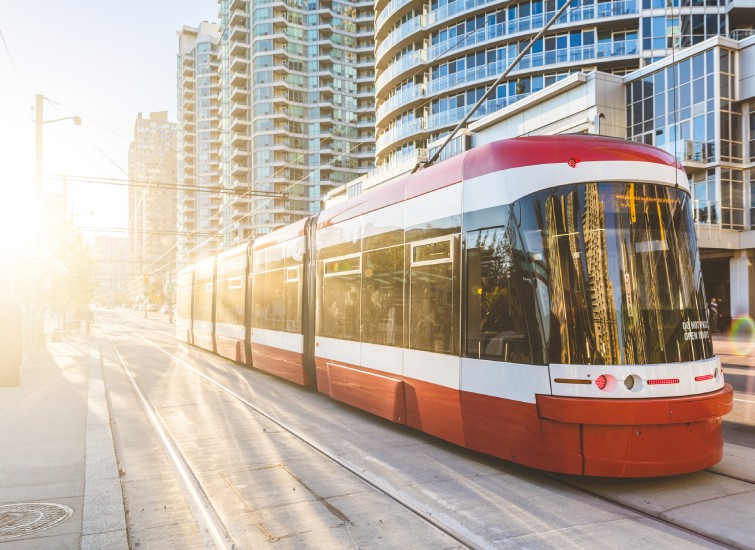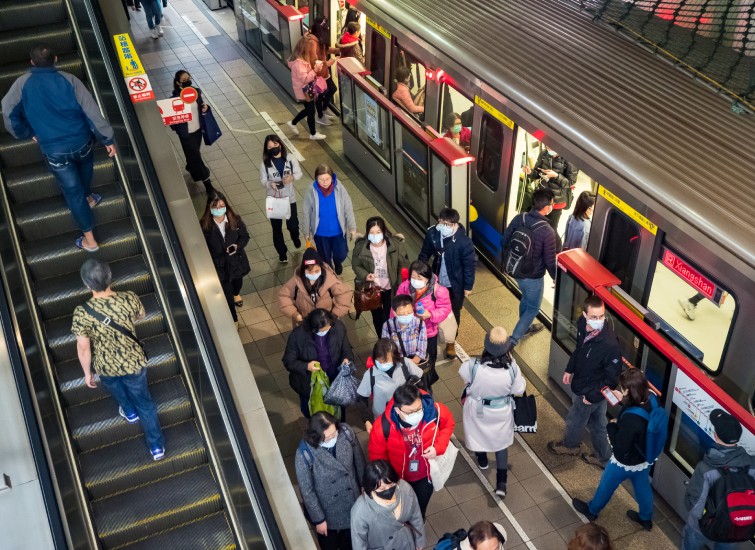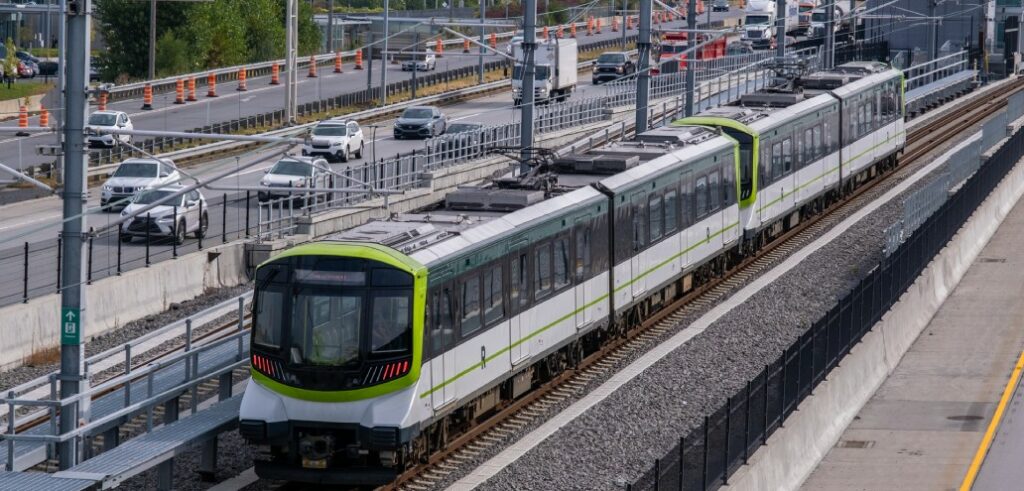The relationship between public transit availability and property values is a notable aspect in the Canadian real estate market.
Areas close to transit hubs, like Vancouver’s SkyTrain or Toronto’s TTC subway and streetcar systems, often see a marked increase in property values. This phenomenon is widespread across various Canadian cities, reflecting the value that homebuyers and investors place on ease of access to public transportation.
The Role of Public Transit in Property Valuation
Factors Influencing Property Values
Property values are shaped by a myriad of factors, with location often topping the list. Proximity to city centers, green spaces, and reputable schools can significantly elevate a property’s worth. Local amenities like shopping centers, healthcare facilities, and entertainment options also play a crucial role in attracting potential buyers or renters. Economic indicators, such as the strength of the local job market and infrastructure investments, directly impact property values.
Safety and crime rates are also crucial considerations, with safer neighborhoods typically commanding higher prices. The age and condition of a property are also pivotal, with newer or well-maintained homes often valued higher. Lastly, historical value trends in an area can indicate potential future appreciation, making them attractive to savvy investors.
Transportation’s Impact on Property Values
The accessibility of transportation is a key driver of property values. Properties near train stations, bus routes, and major highways often command a premium due to the convenience they offer. This “transit premium” is a recognized factor in real estate, reflecting in higher sales prices and rental rates. For example, Toronto’s subway system has been a catalyst for growth in property values along its routes. Properties near public transit are not only more valuable but also tend to maintain their value better during economic downturns, offering a buffer against market volatility.
Benefits of Public Transit on Property Values

Accessibility and Convenience
The proximity of properties to public transit significantly reduces the need for personal vehicle use, leading to savings in both time and money for residents. This convenience is particularly valued in urban areas where traffic congestion and parking can be major stressors. The ease of access to workplaces, educational institutions, and leisure activities makes these properties highly desirable. This desirability often translates into a higher resale value and rental income, as well as a quicker sale process compared to properties in less accessible areas.
Reduced Congestion and Pollution
Public transit-friendly neighborhoods play a crucial role in reducing the overall number of vehicles on the road, which in turn decreases traffic congestion and air pollution. This improvement in air quality and reduction in noise pollution contribute to a more pleasant and healthier living environment, which is a significant factor in property valuation. Properties in such areas are often seen as more sustainable and environmentally friendly choices, appealing to a growing segment of eco-conscious buyers and renters.
Improved Quality of Life
Living in areas with efficient public transit offers residents a better quality of life. It provides increased mobility for all segments of the population, including those who do not drive, such as the elderly and young adults. This inclusivity enhances the vibrancy and diversity of communities. Furthermore, well-connected neighborhoods often see more investments in public amenities and infrastructure, leading to local economic development and a stronger sense of community.
Challenges of Public Transit on Property Values
Displacement of Low-Income Residents
One of the unintended consequences of transit development is the potential displacement of low-income residents.
As property values and living costs rise in transit-rich areas, these neighborhoods may become unaffordable for long-term residents, leading to a shift in the demographic makeup. This process, often referred to as gentrification, can erode the cultural and social fabric of communities. Policymakers and developers need to address these challenges by incorporating affordable housing and community retention strategies in their urban planning.

Impact on Property Prices in Certain Areas
While the overall impact of public transit on property values is positive, there can be negative effects in certain areas, especially during the construction phase of transit projects. Construction activities can lead to temporary inconveniences such as noise, dust, and disruption of normal traffic patterns, which might temporarily decrease the attractiveness of nearby properties.
Additionally, changes in neighborhood dynamics and infrastructure can alter the character of an area, potentially impacting property values negatively in the short term. However, these effects are often temporary, and values typically rebound once the projects are completed and the full benefits of the transit system are realized.
Conclusion
The influence of public transit on real estate values in Canada is a testament to the interconnectedness of urban planning, transportation infrastructure, and the housing market.
As cities like Vancouver, Toronto, and Montreal continue to expand and enhance their public transit systems, the positive impact on property values is evident. This dynamic underscores the importance of accessibility and convenience in urban living, making proximity to public transit a key factor in real estate investment and residential choices. Looking ahead, the ongoing developments in public transit are likely to shape the future of the Canadian real estate market, offering new opportunities for growth and sustainability.









